Many backpackers think that the key to cutting weight and increasing comfort is buying more expensive, lighter variants of items that serve a specific purpose. Fewer backpackers try and replace items with different objects that can perform multiple tasks in the backcountry. By taking advantage of these multi-use pieces of gear, one can easily lighten one’s load, spend less money, and simplify one’s backcountry experience.
My first and probably most versatile choice for a multi-functional piece of gear is the neck gaiter. Commonly referred to as a “Buff,” these tubular pieces of fabric can come in many designs and fabrics. They are designed to be worn around the neck as a kind of scarf, protecting the user from UV and cold. In addition to this task, however, the neck gaiter fills several other roles around the campsite. One task that the neck gaiter easily completes is that of a dishtowel. Most people enjoy cooking in the backcountry, and I’m no exception. After I cook, though, I’m left with a wet pot with Esbit residue on it. Instead of carrying a separate camp towel, though, I can put a little water on my neck gaiter and easily remove the fuel residue and wipe down the rest of the pot. They are designed to dry quickly, so I have no qualms with using it for my second task- as a pillowcase. Most UL pillows are designed with weight as the first priority. This means that they often skimp in terms of soft materials and can be tacky or otherwise uncomfortable against skin. By wrapping a neck gaiter around a pillow, the surface becomes much more comfortable against one’s face, assisting in a good night’s sleep. The final task I use my Buff for is an emergency balaclava, especially at night. If temperatures dip below freezing, I find that the hood of my puffy jacket doesn’t offer sufficient coverage for my nose and cheeks. By putting my neck gaiter over my face, I can trap a bit of warmth and stay much more comfortable through the night. Every trip I go on, I find yet another use for my Buff, and it is one of the most useful pieces in my kit.

My neck gaiter. The picture on this one is a map of Philmont, but they’re made in all colors and patterns!

My neck gaiter being used as a pillowcase.

Me wearing my neck gaiter as a sort of balaclava.
The second piece of gear that I think should be an integral part of everyone’s backpacking setup is a pack liner bag. Made of plastic, these bags can be used not only to keep your sleeping bag dry in a downpour but to save a life if necessary. A pack liner bag is fully sealed, whether it is a trash compactor bag, a nylofume bag, or a different type of bag. This means that water cannot get into or out of the bag. By stuffing your sleeping bag directly into the bag, followed by clothes and other items that must stay dry, you can cut down on the weight of stuff sacks, and you can adjust the volume taken up depending on consumables. A pack liner, however, can also be used as a way to keep hypothermia at bay if a night becomes colder than expected. Since a pack liner should be fully waterproof, it can be used as an emergency vapor barrier liner (VBL). By trapping warm moisture given off by one’s body, it’s been shown that a VBL can increase a sleep system’s warmth by up to fifteen degrees, enough to ward off the unexpected cold. Finally, a pack liner with no modifications can be used as a pump sack for an inflatable sleeping pad. By filling it with ambient air, pinching it around the valve of the pad, and squeezing the air out into the pad, several things are accomplished. First, the pad is inflated without the user becoming light-headed. Secondly, the ambient air will be the same temperature as the air inside the sleeping pad, meaning the air inside the pad won’t contract, leaving the user with an uninflated pad when it’s time to sleep. Finally, the ambient air is not as moist as air blown by a person, meaning mold and mildew are less likely to grow inside the pad.

My pack liner, a nylofume bag, containing everything I would normally pack inside it for a trip.
The final piece of gear that I think stands out for versatility is a space blanket. Thin Mylar sheets can help with radiative heat transfer, which can be a godsend in an emergency situation. However, I also use mine as my groundsheet, which allows me to carry a lifesaving device in the off chance I need it, but avoiding carrying dead weight. Though it is slightly less durable than other groundsheets, such as polycro or Tyvek, good site selection and careful treatment will allow a space blanket to last just as long as others, while still adding slightly more warmth to one’s sleep system. Additionally, since the plastic used in these blankets is impermeable, they can be used as an emergency VBL in a cold snap.

The piece of space blanket I use for my groundsheet has been cut down to roughly 75” by 20”, about the size of a regular/regular inflatable sleeping pad.

My groundsheet packs down to roughly the size of my hand. It contains a lot of usefulness for something so small!
These three pieces of gear, though very inexpensive, can serve several purposes in a backpacking kit, making them invaluable. I believe that the key to improving comfort and efficiency in the backcountry is to carry fewer items, and finding pieces of gear like these is a great way to do so.
Words and photos by Harrison Deford.


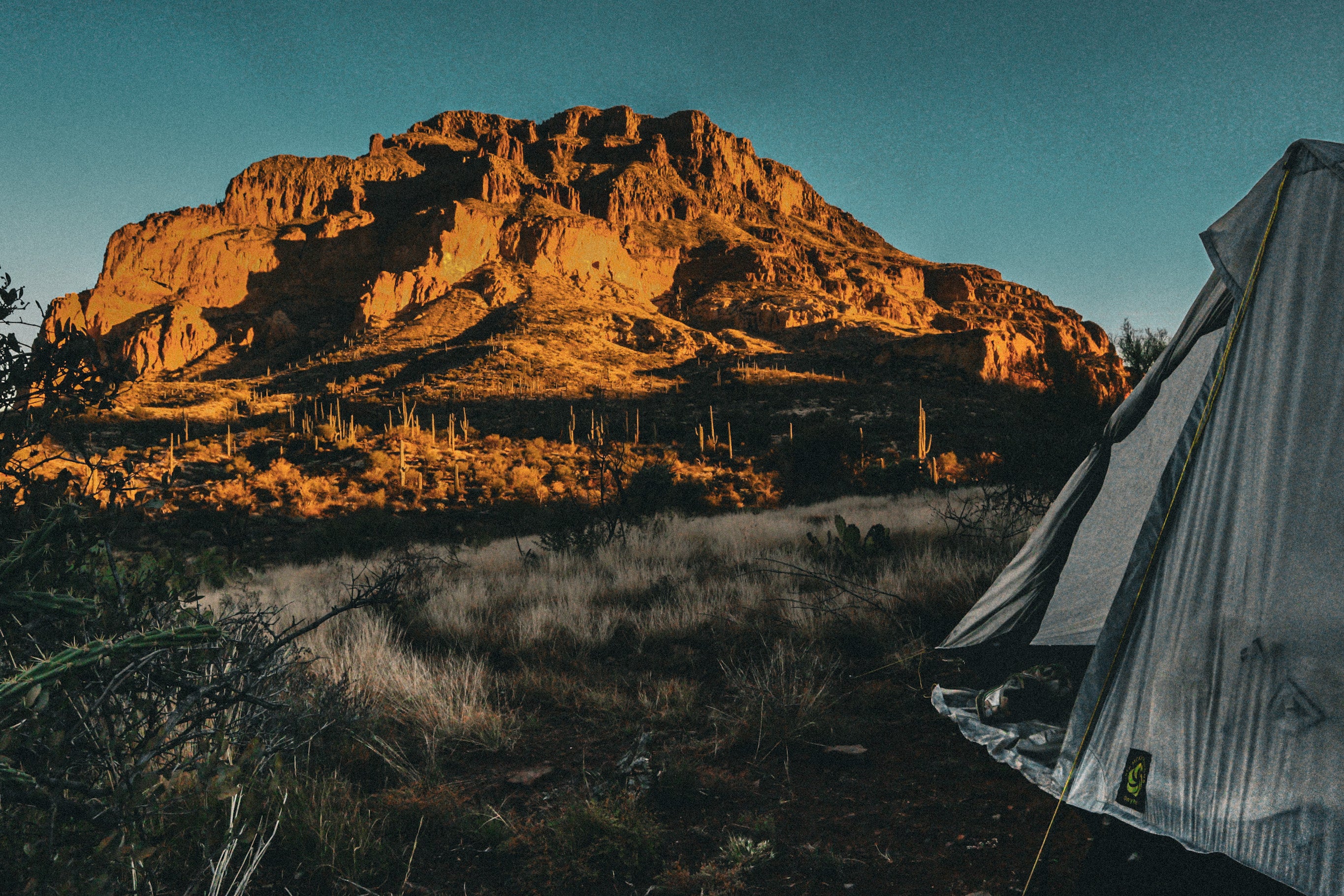
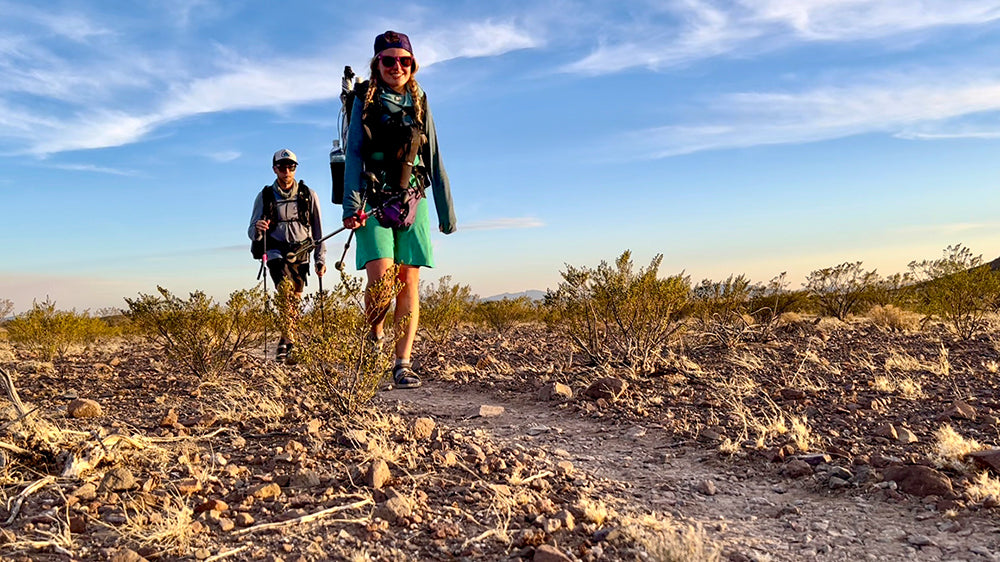
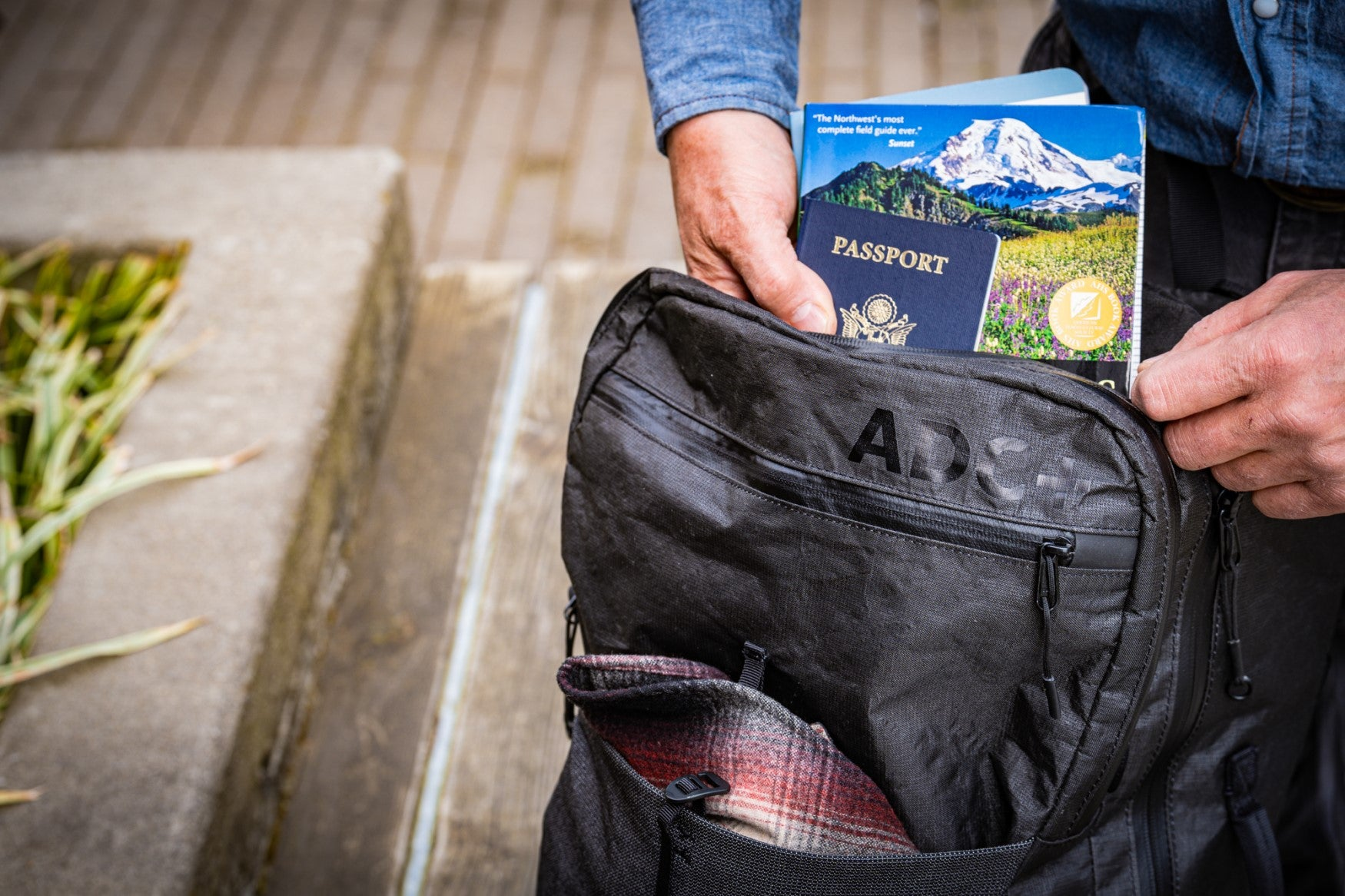
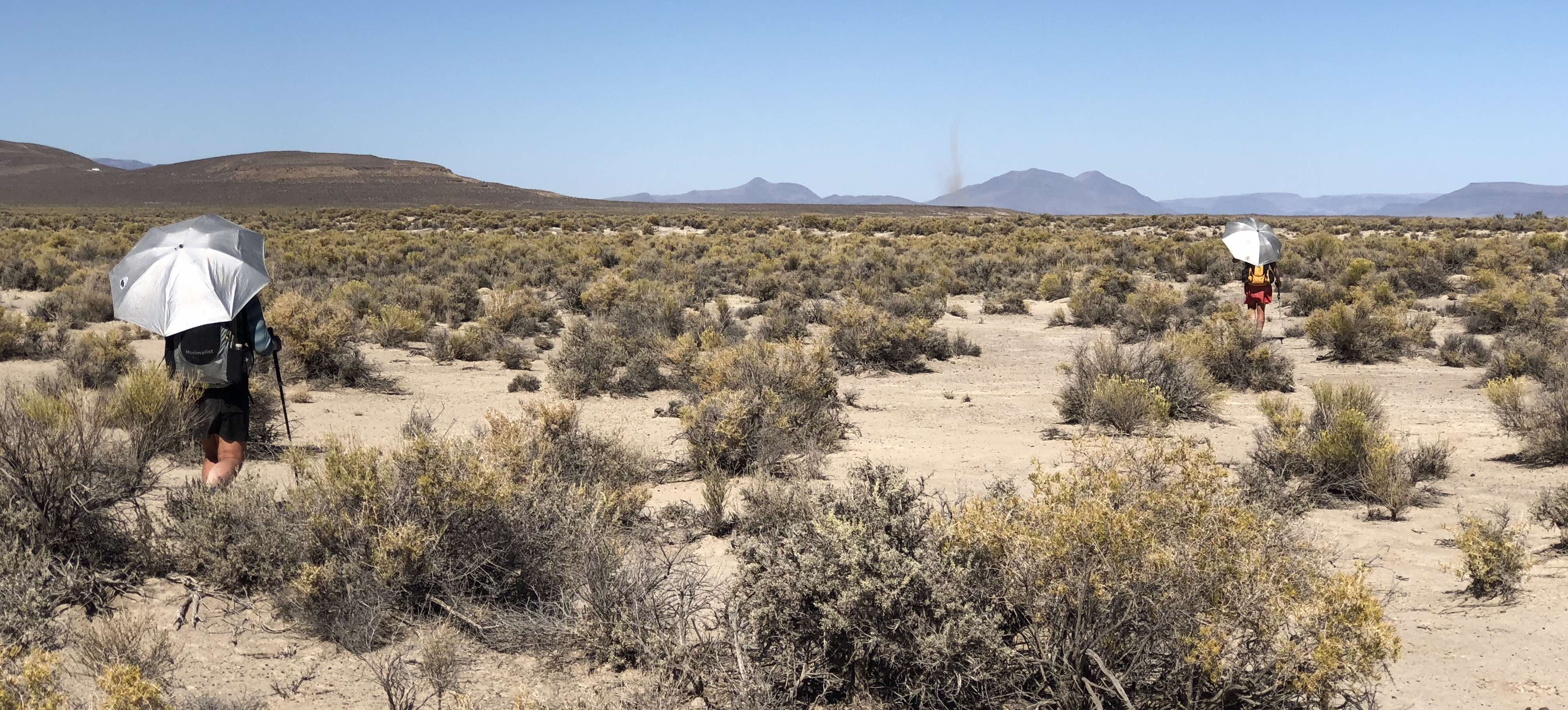
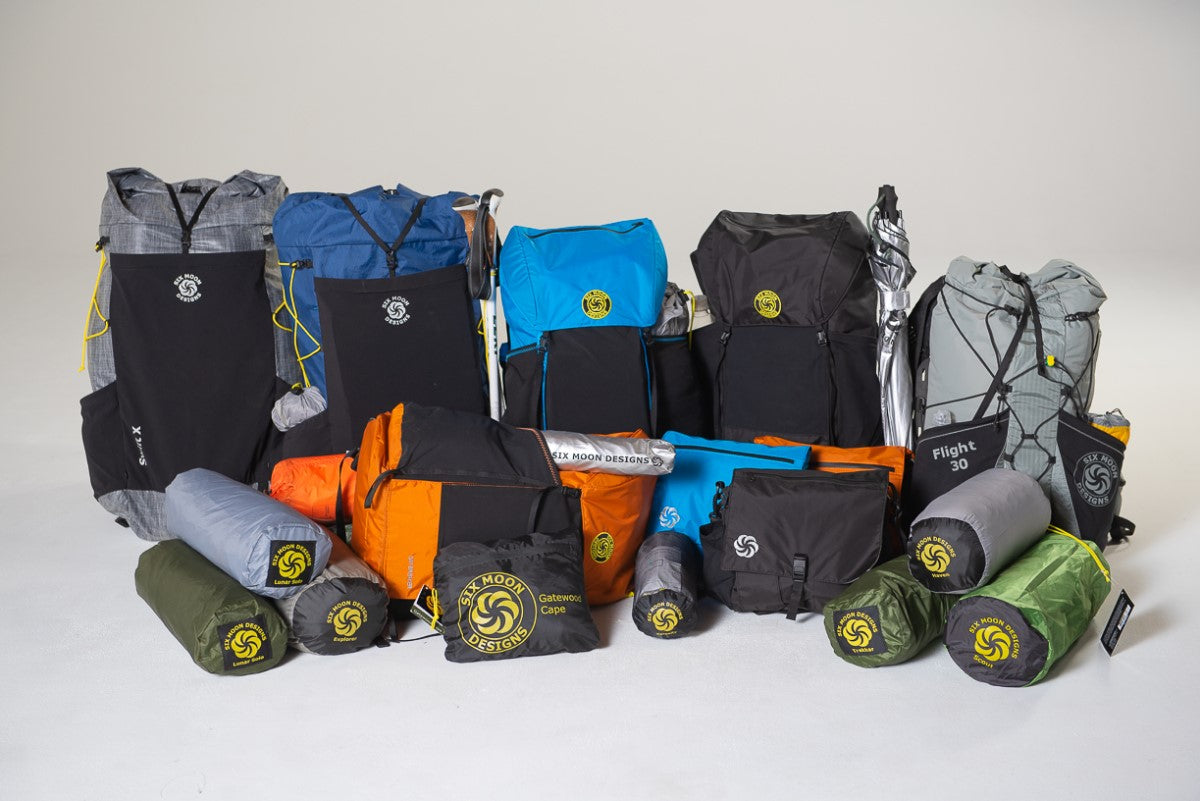
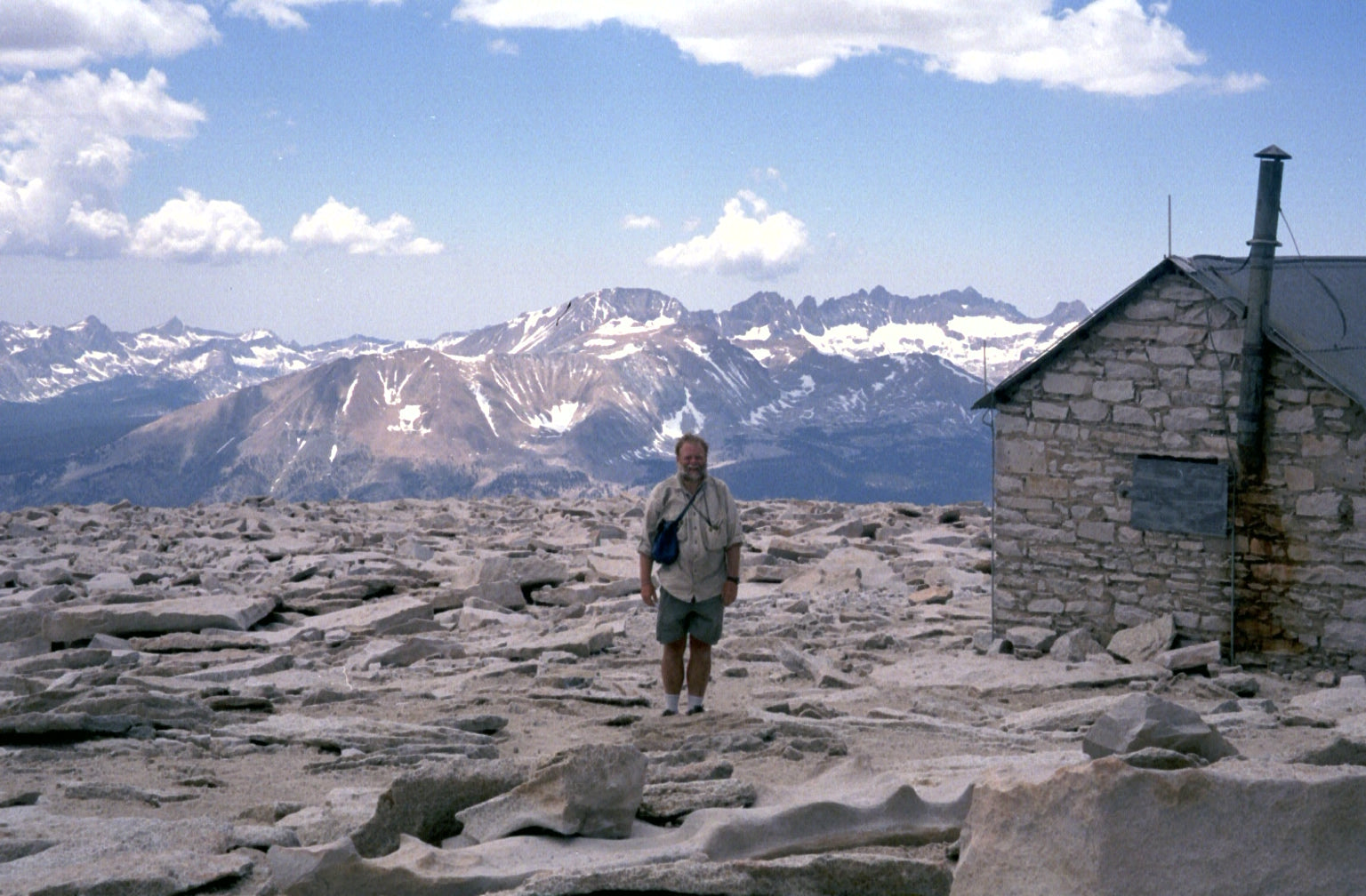
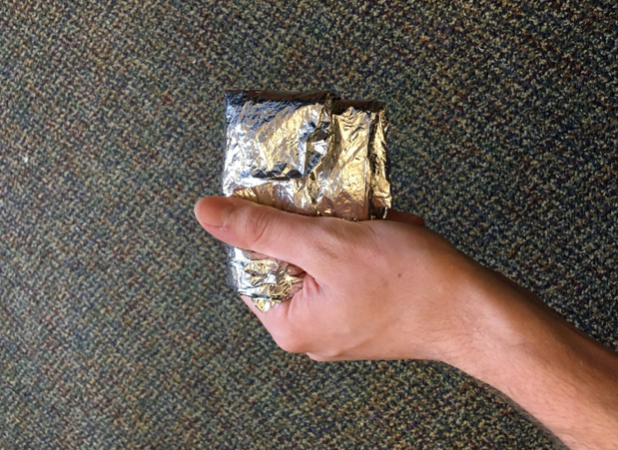
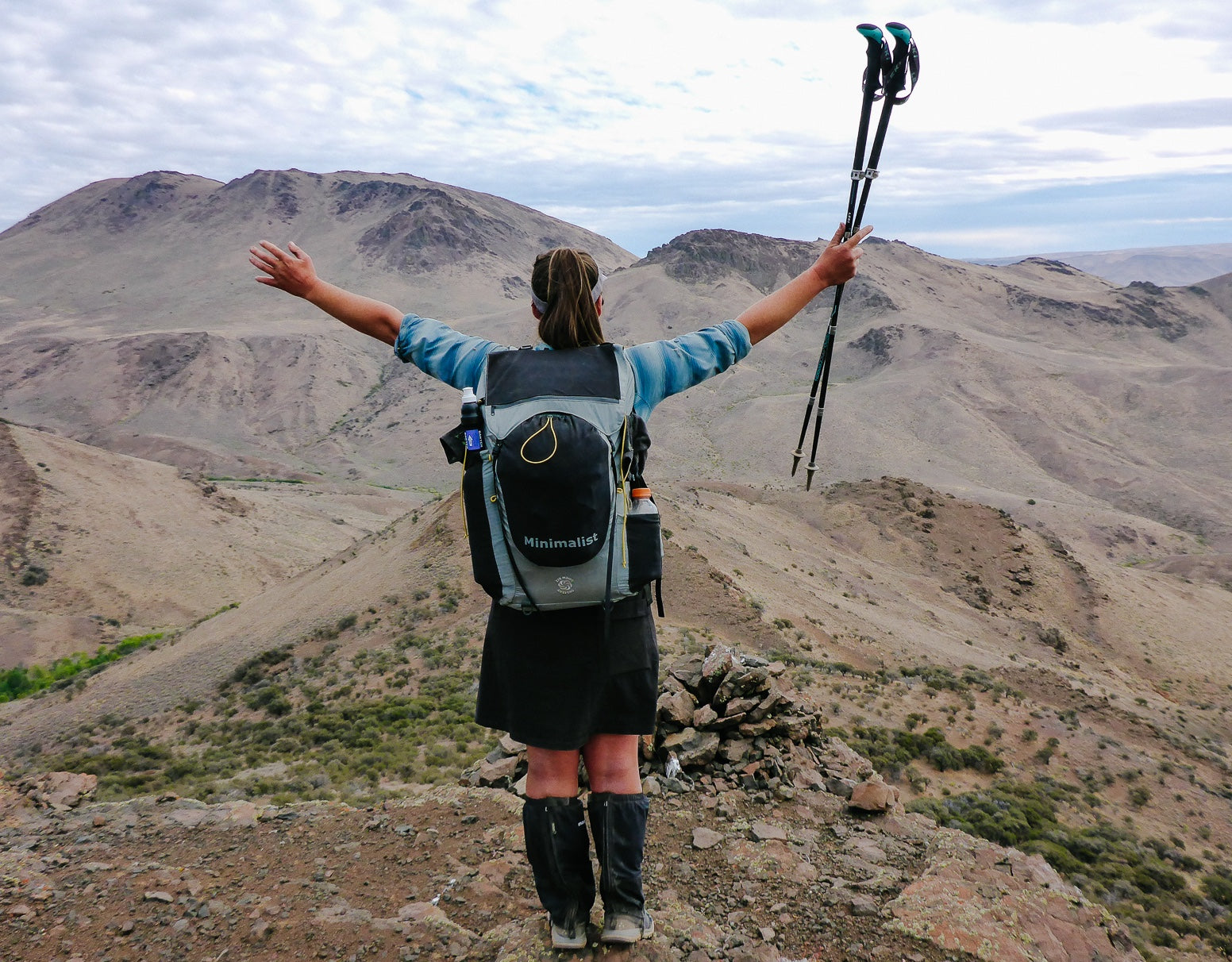
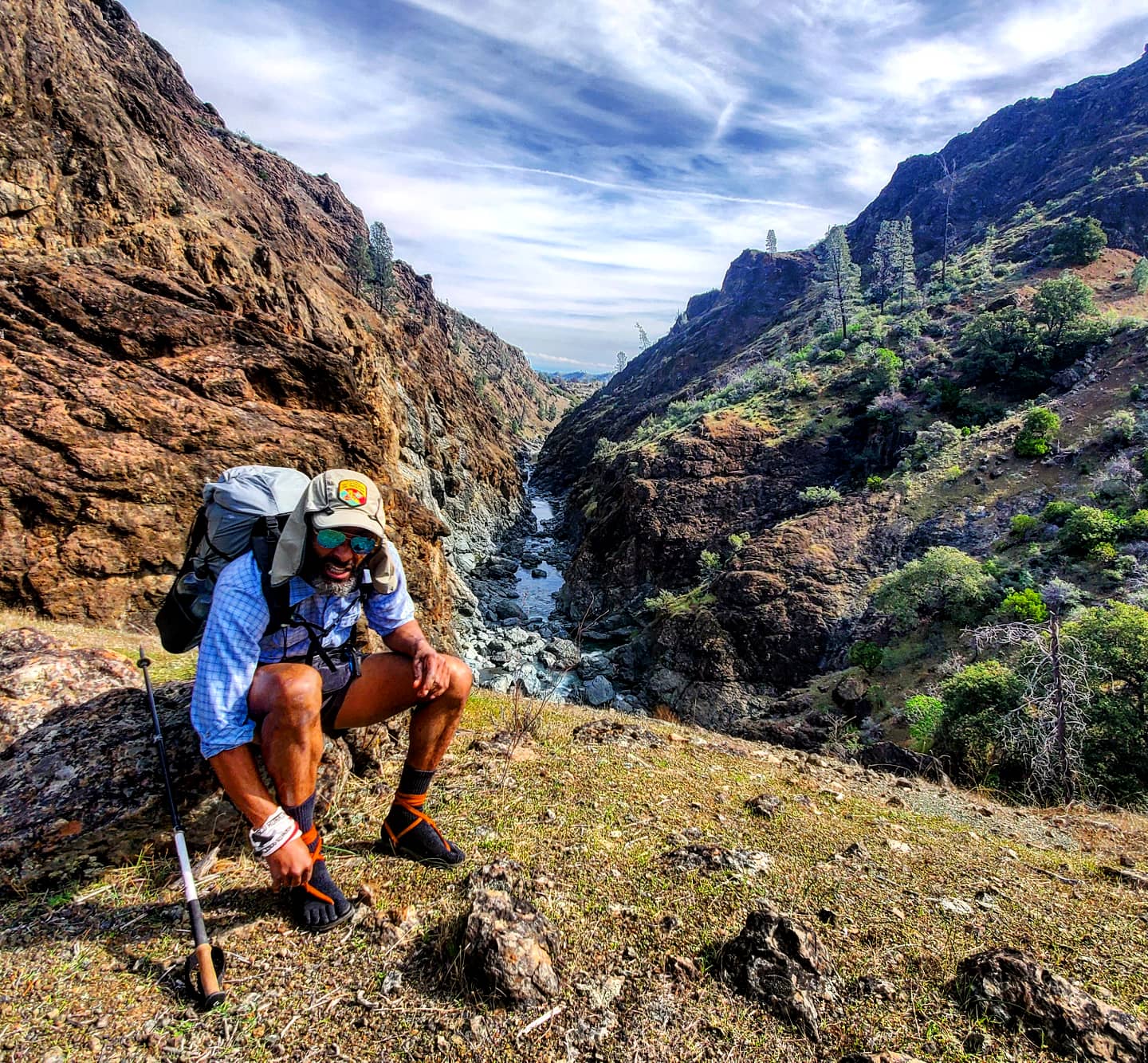
Leave a comment
This site is protected by hCaptcha and the hCaptcha Privacy Policy and Terms of Service apply.